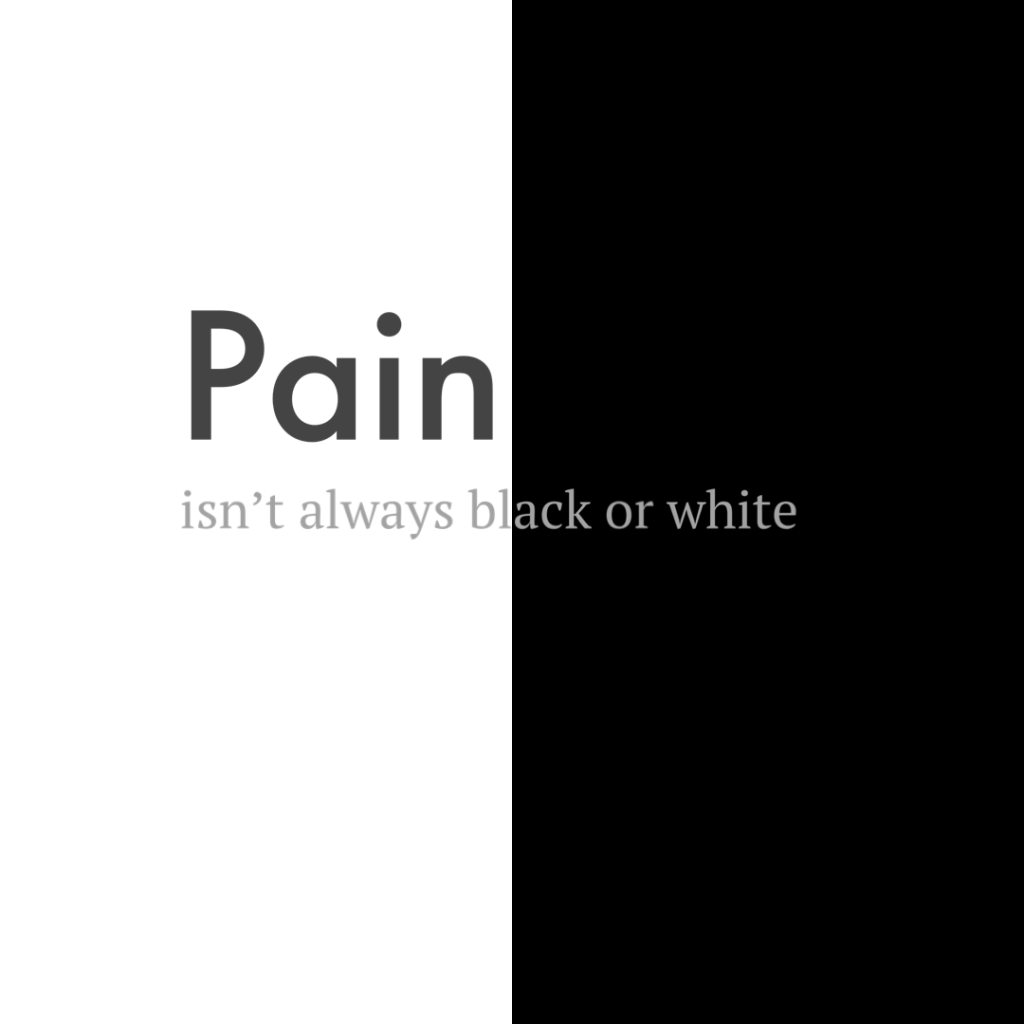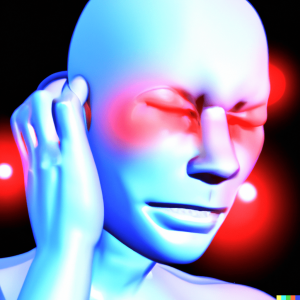Shedding light on the silent suffering
September is a month that signifies the end of summer, the beginning of fall, and for many, the return to routines and responsibilities. However, September also holds another important role—it’s Pain Awareness Month. This dedicated month seeks to raise awareness about the silent and often misunderstood epidemic of chronic pain.

Understanding Chronic Pain
Chronic pain is not just a physical sensation; it’s a life-altering experience that affects millions of people worldwide. It is typically defined as pain that persists for at least 12 weeks, beyond the expected time for healing. Chronic pain can result from various underlying conditions, including arthritis, fibromyalgia, neuropathy, and many others. It doesn’t discriminate by age, gender, or background and can strike anyone at any time.
Chronic pain affects more Americans adults than heart disease,cancer and diabetes combined ~ Stanford Institute of Medicine
Chronic Pain is Like a Car With Four Flat Tires
One of the greatest challenges with chronic pain is its invisibility. Unlike a visible injury or illness, chronic pain is often hidden beneath the surface, leaving those who suffer from it feeling isolated and misunderstood. This can lead to feelings of depression, anxiety, and a sense of hopelessness. Friends, family members, and even healthcare providers may not fully grasp the extent of the suffering endured by those with chronic pain.
Pain Awareness Month is a vital initiative aimed at addressing the challenges of those who suffer with chronic pain. It serves several essential purposes:
- Education: It provides an opportunity to educate the public, healthcare providers, and policymakers about the complexities of chronic pain, its various causes, and the importance of effective pain management.
- Empowerment: By raising awareness, Pain Awareness Month empowers individuals living with chronic pain to seek help, connect with support networks, and advocate for their needs.
- Research and Advocacy: It supports research efforts to better understand and treat chronic pain and advocates for policies that improve access to pain management resources.
Living with pain
If you are living with chronic pain, or caring for a family member who is, listed below are a list of organizations, information and helpful resources.
Pain BC is a registered charity that is transforming the way chronic pain is understood and treated.
Making Sense of Pain Making is a self-management program designed for people with pain who experience marginalization and face barriers to accessing care.
American Chronic Pain Association The mission of the ACPA is to facilitate peer support and education for individuals with chronic pain and their families so that these individuals may live more fully in spite of their pain, and to raise awareness among the health care community, policymakers, and the public at large about issues of living with chronic pain.



